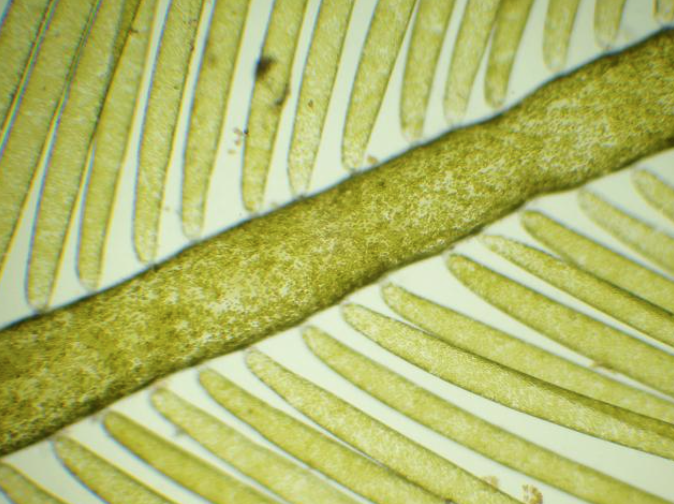Fluconazole is a triazole antifungal compound. It inhibits the enzyme lanosterol 14-alpha-demethylase, which leads to various downstream consequences in fungal cells by stopping the production of ergosterol. This leads to issues with cell membrane stability and ultimately leads to either a fungistatic or fungicidal outcome depending on the concentration, contact time, and species of fungus.
While this compound is commonly utilized for antifungal applications in human medicines, reefers have discovered it can also eliminate nuisance algae (although the mechanism of action is unknown). In particular, it can be paramount to beating the most difficult algae species, such as Bryopsis and turf algae.
In the past, I have utilized Fluconazole successfully to eliminate turf algae. I resorted to its use after trying a multitude of solutions and failing to resolve the issue. Despite the widespread success of deploying Fluconazole in reef tanks, there are many accounts of people having problems after using it. A quick search online shows that some people have seen Fluconazole affect the coloration of their SPS.
Additionally, after speaking with Blaine Shively of TSA on a recent episode of Reef Therapy, he revealed that after utilizing Fluconazole, he lost nearly all of his SPS. Thus, it seems that while Fluconazole accomplishes the goal of killing algae, it may affect some unfamiliar systems.
Mechanistic view of how Flucanzole inhibits ergosterol production. https://www.researchgate.net/figure/Schematic-view-of-the-ergosterol-pathway-and-fluconazole-inhibition-Outline-of-the_fig3_51768064
My Hypothesis and Concern
As mentioned in my previous article, corals harbor many potentially symbiotic fungi that play a role in various pathways, including sulfur cycling, immune response, and breakdown of complex metabolites to provide carbon to the holobiont. While little literature exists about these symbionts, their role is now being explored. As more data comes out, it seems more and more likely they play an integral role in the holobiont – so much so that their elimination could prove problematic to the long-term health of corals.
I suspect that adding Fluconazole likely harms these endolithic fungi populations and could potentially eliminate them. I do not yet have evidence to support this claim, but a close friend conducted a baseline 18s Aquabiomics test, dosed Fluconazole, and then sent another 18s test. Once he sends me the data, I will write another article interpreting the results.
If there is interesting data, we may do a community project with Aquabiomics to answer this question using a larger sample size. If data indicates that Fluconazole does eliminate fungal populations, it is likely worth exploring alternative methods to manage algae issues. I would exercise caution and only utilize it as a last resort. While not typical, I have seen some people succeed with urchins, sea hares, fugues, and carbon dosing to manage Bryopsis and turf algae.
A turf scrubber is another potential option, as it creates a much more favorable condition for algae to grow when properly dialed in. If you have before and after 18s (tank DNA, not microbiome) Aquabiomics data where you added Fluconazole to your system, please get in touch with me at [email protected].
Main image: https://www.aphotomarine.com/green_seaweed_bryopsis_plumosa.html



